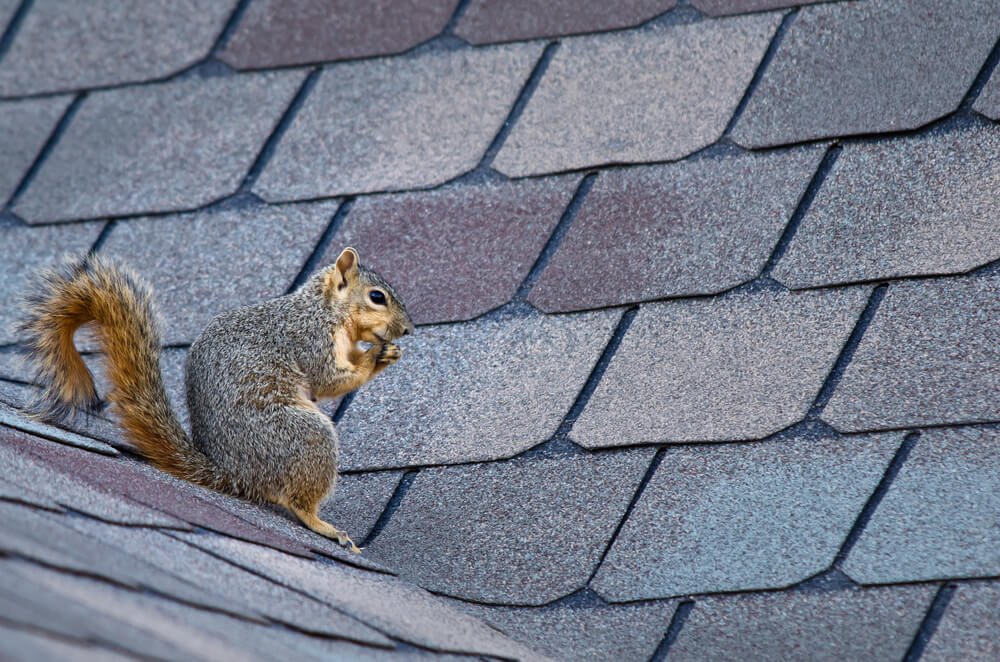
Six Things to Know About Removing Squirrels from Your Roof
There are some animals you may want to attract to your backyard. Birds, for example, can add beauty and delight to your backyard. You may set out a feeder and seed to attract their beautiful sights and songs.
But there are also some creatures you don’t want around at all. Pests like squirrels, possums, rats and other rodents can wreak havoc on your home and cause damage if not taken care of.
Squirrels especially have a habit of making your roof or attic their home. Guardian Home Services, a roofing and pest control company in Auburn, WA, says that squirrels tend to make nests inside the roof and cause damage by chewing and gnawing on your precious woodwork.
And once squirrels get into your roof or attic, they can become even more of a nuisance in your peaceful home. Not only do they cause damage to your house, but you may also be able to hear their constant chattering and squealing.
But you don’t have to take squirrels in as new residents of your home. Here, we share six things to know about how to get those pesky squirrels in your roof under control.
1) Identify Squirrel Damage
What might you experience if you have squirrels in your house? Professional Wildlife Removal says squirrels cause damage by chewing wood, pipes, ducts and wires. They can also carry parasites and transmit diseases harmful to your family and household.
It should be easy to identify if you have a squirrel in your house. You may hear frequent squealing and scurrying, as well as notice the damage they cause. Once you realize you have a squirrel issue, it’s important to act fast.
2) Watch the Squirrel’s Habits
While it may be tempting to simply seal up your roof and starve them out, there are other important things to keep in mind.
Before taking any direct action, Dona Dezube from House Logic says to figure out when the squirrels go out to get food. If you can determine when they leave, then that’s the perfect time to seal up the roof.
You can seal up your roof using materials like sheet metal or aluminum which can’t be chewed through by squirrels. Or choose caulk or foam to close up small holes to prevent squirrels from getting in.
3. Use a Trap to Catch Squirrels
Sometimes, sealing off entrances, cutting out their food source and covering up gutters isn’t enough to prevent squirrels. There is also no poison bait available for squirrels like there is for mice and rats.
According to Do It Yourself Pest Control, you can lure a squirrel in and catch it in a cage. You’ll want to use some sort of food or other kinds of bait to first lure them into the cage. Then, make sure the cage closes behind them, trapping them in.
Once you have the squirrel caught, relocate it at least five miles away to ensure it won’t return. Professional Wildlife Removal advises to be sure to wear thick gloves while trapping and releasing the squirrel.
Before taking action, Do It Yourself Pest Control suggests checking your local ordinances for any restrictions.
4) Use Squirrel Repellents
Although there is no poison solution for squirrels like the ones tha can be used for mice and rats, you can still repel squirrels from entering your roof. Professional Wildlife Removal notes several of these common squirrel repellents.
Such tactics include using a strobe light to scare off squirrels. You could also use an ultrasonic device that sends out a noise that only animals can hear. Another way to repel squirrels is to use a squirrel spray or ammonia, which scares off squirrels with their scents.
5) Know If Baby Squirrels Are in Your Roof
Before calling your squirrel problem solved, you’ll want to check if there are any baby squirrels hiding out.
Getting rid of squirrels when there is a mother and her litter living in your house is a little more challenging. If you separate the mother from her litter, the mother will be determined to retrieve them. You might just end up with dead squirrels in the process.
To check if your attic has become a nursery for baby squirrels, look for a nest. Pay attention to see if there’s a mother squirrel that returns to that nest frequently. If you do discover baby squirrels, either let them grow up until they can leave on their own or call a wildlife control professional.
6) Keep Your Trees Trimmed
One way to not have to deal with squirrels in your roof is to prevent them from coming in in the first place. To prevent squirrels from leaping onto your roof, make sure there’s enough distance between your roof and tall trees. That way, squirrels won’t be able to jump from the tree to the roof.
You may want your home to be a hospitable, welcoming place. But you probably don’t want to welcome in pesky rodents and pests that can cause damage to your home.
By following these easy tips, you can remove those annoying squirrels from your roof in a quick and painless process.








